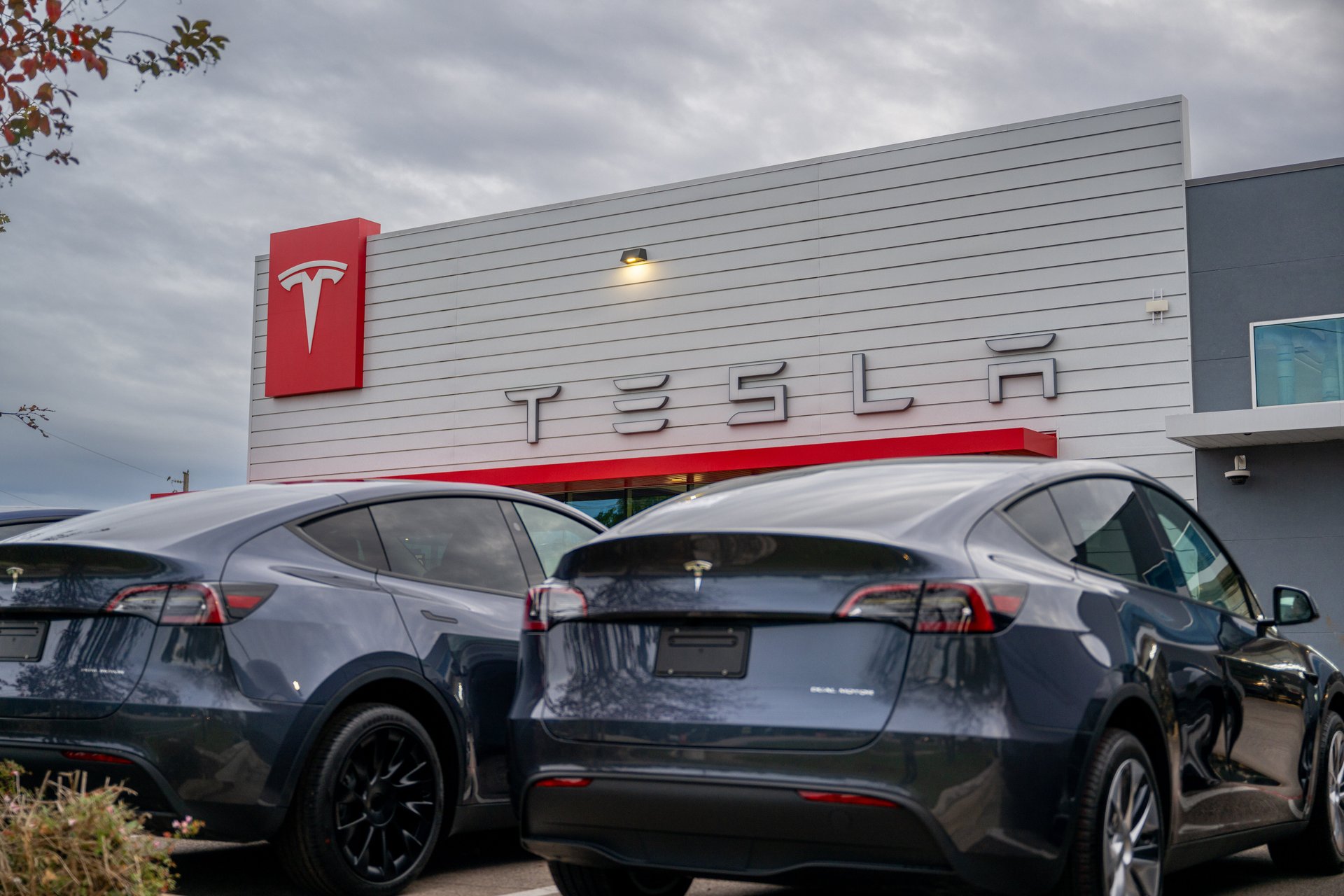Tesla has a deadline to answer questions about its Autopilot recall — or face up to $135 million in fines
The NHTSA opened a probe last month into Tesla's recall of more than 2 million cars

Tesla has less than two months to respond to inquires from U.S. auto safety regulators about its December recall of more than 2 million electric vehicles.
Suggested Reading
The National Highway Traffic Safety Administration (NHTSA) has given Elon Musk’s electric vehicle maker a July 1 deadline to answer a series of questions related to the recall, which was issued over a safety issue in the Autopilot driver assistance software.
Related Content
The federal agency last month announced a probe to investigate the effectiveness of the over-the-air software update Tesla issued to fix the problem. In the months after the recall was issued, the NHTSA tracked at least 20 crashes involving vehicles that had received Tesla’s update.
The regulator asked Tesla how much mileage consumers have cumulated using Autopilot and how many “Hands-on-Wheel” warnings have been displayed between January 2021 and December 2023, according to a letter posted on the NHTSA’s website Tuesday and first reported by Bloomberg.
They’ve also asked Tesla for details related to the role of the cabin camera designed to make sure drivers keep their eyes on the road, as well as the size of warnings and driver notifications. If Tesla fails to respond to the NHTSA on time, it faces penalties of $27,168 per day at a maximum fine of $135.8 million.
The recall query is just the latest of the NHTSA’s inquiries into Tesla’s driver assistance software, which has drawn intense scrutiny since August 2021. The regulator has opened more than 50 special crash investigations into Tesla vehicles thought to be linked to Autopilot.
The software has been linked to more than 200 crashes and 29 deaths. The NHTSA has noted that Autopilot didn’t sufficiently require driver’s attention.
In December, Tesla said Autopilot’s controls “may not be sufficient to prevent driver misuse” and could increase crash risks. The company said it disagreed with the NHTSA, but will “incorporate additional controls and alerts to those already existing on affected vehicles” to encourage drivers to stay focused on the road.
But Consumer Reports said that the software update made it easier for drivers to be distracted. Tesla increased the size of the warnings and driver notifications, which can take drivers’ eyes off of the road.
“Additionally, when we covered the camera and kept one hand resting on the steering wheel, the vehicle did not limit Autopilot use or give any warnings to pay attention,” the nonprofit said in its report, noting that “the driver could be asleep or completely distracted and the car wouldn’t warn them as long as they are holding the wheel.”
In addition to the scrutiny from the NHTSA and auto safety groups, the automaker has been accused of false advertising by California’s Department of Motor Vehicles and investigated by the state attorney general office over its marketing practices related to the driver assistance software. The U.S. Department of Justice has also issued subpoenas related to Tesla’s Full Self-Driving technology.